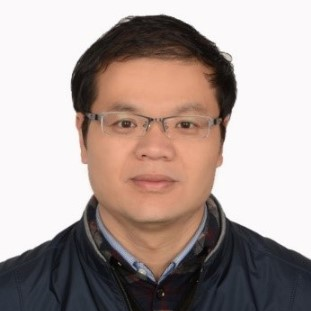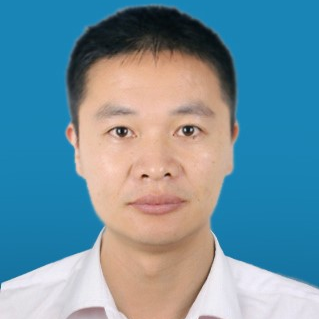In Situ Treatment of Organic Pollutants in Water Environment Using Bioremediation and Advanced Oxidation Technology
A special issue of Water (ISSN 2073-4441). This special issue belongs to the section "Water Quality and Contamination".
Deadline for manuscript submissions: closed (15 April 2022) | Viewed by 3708
Special Issue Editors
Interests: advanced oxidation; catalysis; materials chemistry; environmental chemistry
Interests: fermentation products of Yarrowia lipolytica using industrial and agricultural wastes; mechanisms of protein kinase SNF1 contributes to the metabolism regulation in Y. lipolytca
Interests: preparation and characterization of environmental photocatalysis nanomaterials and their applications in the environment, such as pollutant removal and bacterial inactivation.
Interests: preparation and characterization of environmental functional nanomaterials and their applications in the environment; materials science and engineering; detailed in materials syntheses; characterizations; properties and applications
Special Issue Information
Dear Colleagues,
In recent years, the pollution of surface water and groundwater caused by industrialization has become more and more serious, which has attracted extensive attention. Among all kinds of water pollution, organic pollution plays a leading role. This kind of pollution has the characteristics of large discharge, wide pollution area and wide variety. In particular, persistent, toxic and harmful pollutants can be enriched through the food chain, which seriously threatens human health and development. How to effectively treat organic polluted wastewater, reduce environmental load and protect human living environment is an important problem to be solved at present. Biodegradation, biotransformation and advanced oxidation technology, as effective organic pollution wastewater treatment technologies, are favoured because of their simple, value-added, fast and green characteristics. This Special Issue aims to summarize the application of biodegradation, biotransformation and advanced oxidation technology in in situ wastewater treatment. The topic of this Special Issue is to effectively degrade organic pollutants in sewage by using biodegradation, biotransformation technology, photocatalytic technology, ozone oxidation, Fenton oxidation and other technologies.
Prof. Dr. Wei Zhao
Prof. Dr. Xiaoyan Liu
Dr. Yukun Zhu
Dr. Feihu Mu
Guest Editors
Manuscript Submission Information
Manuscripts should be submitted online at www.mdpi.com by registering and logging in to this website. Once you are registered, click here to go to the submission form. Manuscripts can be submitted until the deadline. All submissions that pass pre-check are peer-reviewed. Accepted papers will be published continuously in the journal (as soon as accepted) and will be listed together on the special issue website. Research articles, review articles as well as short communications are invited. For planned papers, a title and short abstract (about 100 words) can be sent to the Editorial Office for announcement on this website.
Submitted manuscripts should not have been published previously, nor be under consideration for publication elsewhere (except conference proceedings papers). All manuscripts are thoroughly refereed through a single-blind peer-review process. A guide for authors and other relevant information for submission of manuscripts is available on the Instructions for Authors page. Water is an international peer-reviewed open access semimonthly journal published by MDPI.
Please visit the Instructions for Authors page before submitting a manuscript. The Article Processing Charge (APC) for publication in this open access journal is 2600 CHF (Swiss Francs). Submitted papers should be well formatted and use good English. Authors may use MDPI's English editing service prior to publication or during author revisions.
Keywords
- photocataytic
- in situ
- fenton oxidation
- ozone oxidation
- biodegradation
- biotransformation








